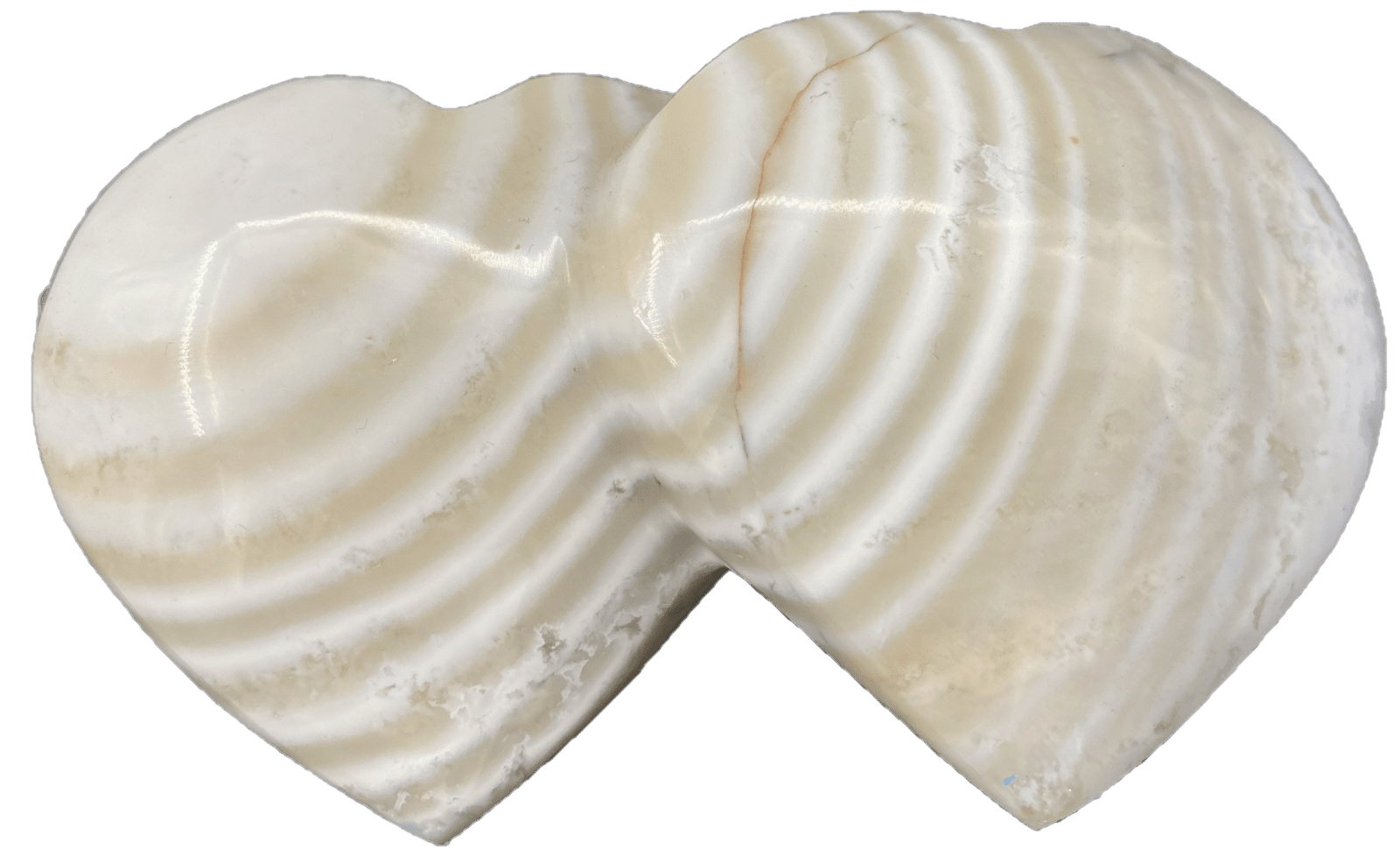
Of all the part sin the Human and animal bodies, there is more history around heart mythology than any other organ. The word “heart” originates from the Old English “heorte,” which can be traced back to the Proto-Germanic “hertan” and the Proto-Indo-European root “kerd-,” meaning “core” or “center.” Many cultures have referred to the heart in terms reflecting its vital and emotional significance. In ancient Greek, it was called “kardia,” a term still used in modern medicine. The Latin “cor” gives rise to words like “cordial” and “core,” symbolising warmth and essence. In Sanskrit, the heart is known as “hrid,” a term linked to spiritual depth.
Archaeological and Significant Finds with Its Historical and Current Usage
Ancient civilisations depicted the heart in various artefacts, underscoring its importance. Egyptian mummies were often buried with their hearts intact, as it was believed to be weighed against the feather of Ma’at in the afterlife. Heart-shaped amulets have been found in burial sites across Mesopotamia and Greece, suggesting their use as symbols of life and protection.
The Aztecs placed immense importance on the heart, seeing it as the seat of life energy. Ritual sacrifices often involved the removal of the heart to appease the gods. In contrast, medieval European manuscripts illustrate the heart as the centre of love and emotion, often depicted in anatomical drawings and religious texts. Today, the heart symbol continues to feature in art, jewellery, and modern expressions of love.
Interesting Facts
- The earliest stylised heart shape appears in medieval illustrations representing romantic love.
- Aristotle believed the heart was the seat of intelligence rather than the brain.
- In traditional Chinese medicine, the heart governs both physical circulation and emotional balance.
- The ancient Egyptians viewed the heart as the key to judgment in the afterlife, not the brain.
Folklore, Legends, and Tales
The heart has been central to myths and legends worldwide. In Norse mythology, Odin’s heart was said to contain immense wisdom, granting him knowledge of all things. The Greeks told of Phaedra, who wasted away due to the unrequited love burning in her heart. Celtic folklore speaks of warriors who ate the hearts of their enemies to absorb their strength.
In Hindu mythology, the heart is associated with divine love. The god Krishna is often depicted playing the flute, with his music said to awaken the hearts of devotees. Similarly, in Christian lore, the Sacred Heart of Jesus represents divine compassion and love, a theme depicted in religious art for centuries.
Mystical Healing Properties
The heart has long been connected to healing and emotional well-being. It is believed to:
- Encourage emotional resilience and the ability to love openly.
- Strengthen physical vitality and endurance.
- Promote inner peace and harmony.
- Aid in overcoming grief and emotional blockages.
Links with Astrology and the Zodiac
The heart is often associated with Leo, ruled by the Sun, symbolising warmth, courage, and love. In astrology, the heart is linked to generosity, leadership, and passion, reflecting Leo’s traits. Additionally, Venus-ruled signs like Taurus and Libra connect the heart to love, beauty, and harmony.
The Chakra System
In spiritual traditions, the heart corresponds to the Heart Chakra (Anahata), the energy centre governing love, compassion, and balance. When in alignment, it fosters deep connections with others and an openness to giving and receiving love.
Use as a Birthstone and for a Wedding Anniversary
While the heart itself is not a birthstone, gemstones associated with the Heart Chakra—such as rose quartz, emerald, and green Aventurine—are often used as birthstones for May (emerald) and April (rose quartz). The heart shape is commonly used in jewellery for anniversaries, particularly in gifts symbolising love and devotion.
